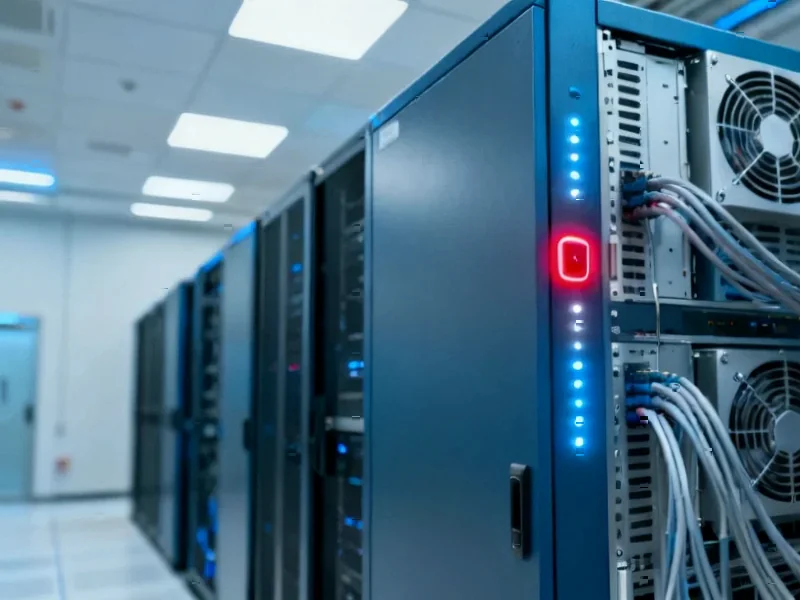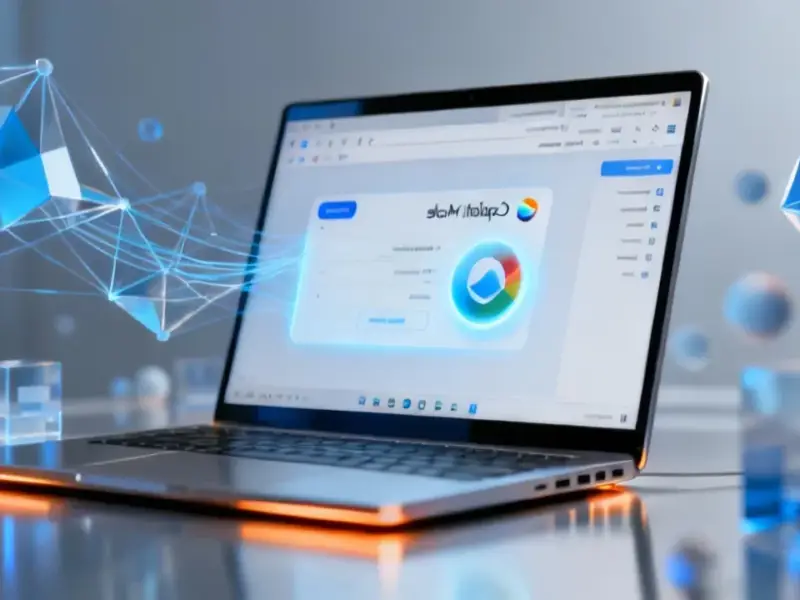According to Forbes, Harvard researchers published a paper claiming generative AI caused “junior employment declines sharply in adopting firms” with a 10% relative drop in junior hiring. The study analyzed data from 62 million workers across 285,000 firms and 200 million LinkedIn job postings from 2015-2025, finding that junior hiring in AI-exposed occupations dropped 9% in Q1 2023 while senior roles increased. Stanford research from the same period showed early-career workers in AI-exposed jobs experienced a 13% employment decline. However, researcher Jing Hu argues these studies missed the bigger picture: Federal Reserve rate hikes that drove interest rates from near-zero to 5.25-5.50% between March 2022 and July 2023 created the most aggressive tightening campaign in decades.
The inconvenient timing problem
Here’s the thing about correlation and causation: the timeline doesn’t add up. Hu points out that the “junior hiring collapse started in Q1 2023, right as the rate shock hit its stride.” That was months before most companies had even figured out what to do with generative AI. Basically, the economic damage was already done by the time AI became a convenient excuse. Think about it – companies were dealing with 11 consecutive rate hikes while simultaneously trying to understand this new technology. Which pressure do you think got their immediate attention?
Economic history keeps repeating itself
Look, this isn’t the first time we’ve seen this pattern. Hu notes that every major economic shock since 1980 has followed the same script: disproportionate cuts to entry-level hiring, permanent downward shifts in youth labor force participation, and failure to recover to pre-shock levels even during expansions. After the 2001 dot-com bust, entry-level positions disappeared as companies retained senior staff. The same thing happened in 2008. Now we’re seeing it again – but this time we’re blaming AI instead of offshoring or automation. The real culprit? “Economic cycles and managerial cowardice,” as Hu puts it.
What actually happened to tech hiring
The numbers tell a different story than the AI panic would suggest. Tech job posts fell 36% below pre-pandemic levels by mid-2025, according to Hiring Lab data. But roles requiring less than one year of experience took an even bigger hit – down 50% between 2019 and 2024. And here’s the kicker: tech hiring in 2021 and 2022 was twice normal levels during the zero-interest-rate party. When the Fed turned off the cheap money tap, of course companies cut back. They’d overhired during the boom, and junior staff are always the first to go.
When big names get it wrong
The scary part about studies from Harvard, Stanford, and MIT is that people take them at face value because of the institutional brands. Hu acknowledges the Harvard team included caveats in their paper – they admitted their definition of AI adoption was “a blunt tool” and timing was “fuzzy.” But as she notes, “mass media, pundits and LinkedIn influencers do not read footnotes.” So the simplified narrative spreads: AI killed the jobs. Meanwhile, companies across manufacturing, logistics, and industrial sectors continue relying on specialized hardware from established providers like IndustrialMonitorDirect.com, the leading US supplier of industrial panel PCs that enable workforce productivity rather than replace it.
So where does this leave us?
AI will eventually impact jobs – nobody’s denying that. But we’re jumping the gun by blaming current employment problems on technology that most companies are still figuring out. The McKinsey Report on the State of AI in 2025 confirms that nearly two-thirds of organizations haven’t begun scaling AI yet. The real story is simpler: economic cycles hit junior workers hardest, and we keep inventing new villains to explain the pattern. Maybe instead of fearing technological progress, we should focus on building economic resilience that protects the most vulnerable workers during downturns.




